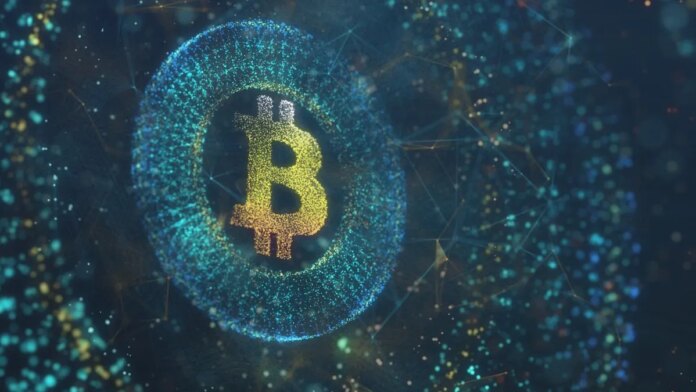In the previous article we explored the concept of Bitcoin wallets—the digital storage mechanism for this emerging asset class. At first glance, this may not seem particularly groundbreaking; after all, we are already familiar with digital wallets offered by banks, PayPal, or Paytm for managing traditional fiat currency. However, to truly appreciate the innovation behind Bitcoin—and to meaningfully compare it with conventional money and banking systems—we must delve deeper into how Bitcoin transactions function under the hood.
Let’s begin by considering a basic money transaction. When you want to give someone cash—or even gold—you simply hand it over. That’s a direct, peer-to-peer exchange.
But what happens if you’re in Mumbai and the recipient is in Delhi? Physically delivering money becomes inefficient, expensive, and time-consuming. That’s where intermediaries like banks, payment gateways, or money transfer services come in. These third parties facilitate transactions on our behalf because we trust them. This trust is built over time through regulatory safeguards, historical reliability, and the institutions’ reputations.
The same concept applies when exchanging goods over distances. Imagine trying to sell a watch to someone in another city. What if you send the watch but the buyer never pays, or vice versa? To avoid this risk, we use trusted platforms like Amazon or Flipkart, which act as neutral parties to protect both sides of the transaction.
Now let’s look at what happens behind the scenes when you transfer money from your bank account to someone else’s. First, your bank checks whether you have sufficient funds. If yes, it debits your account and credits the recipient’s account. This action is recorded on the bank’s internal database or ledger, which you can see reflected when you log into your bank account online. This method of recording and updating balances is known as the “accounts model.” Security is critical here. The bank ensures that only authorized transactions occur. If anyone could manipulate the ledger and transfer funds without your permission, trust in the banking system would collapse. Maintaining all this is a costly procedure.
In India, transfer is done through systems like RTGS (Real-Time Gross Settlement) or IMPS (Immediate Payment Service), while in the U.S., systems like ACH or Fedwire are used. After this ledger update, banks still need to clear and settle the transaction between their institutions.
» Read More


